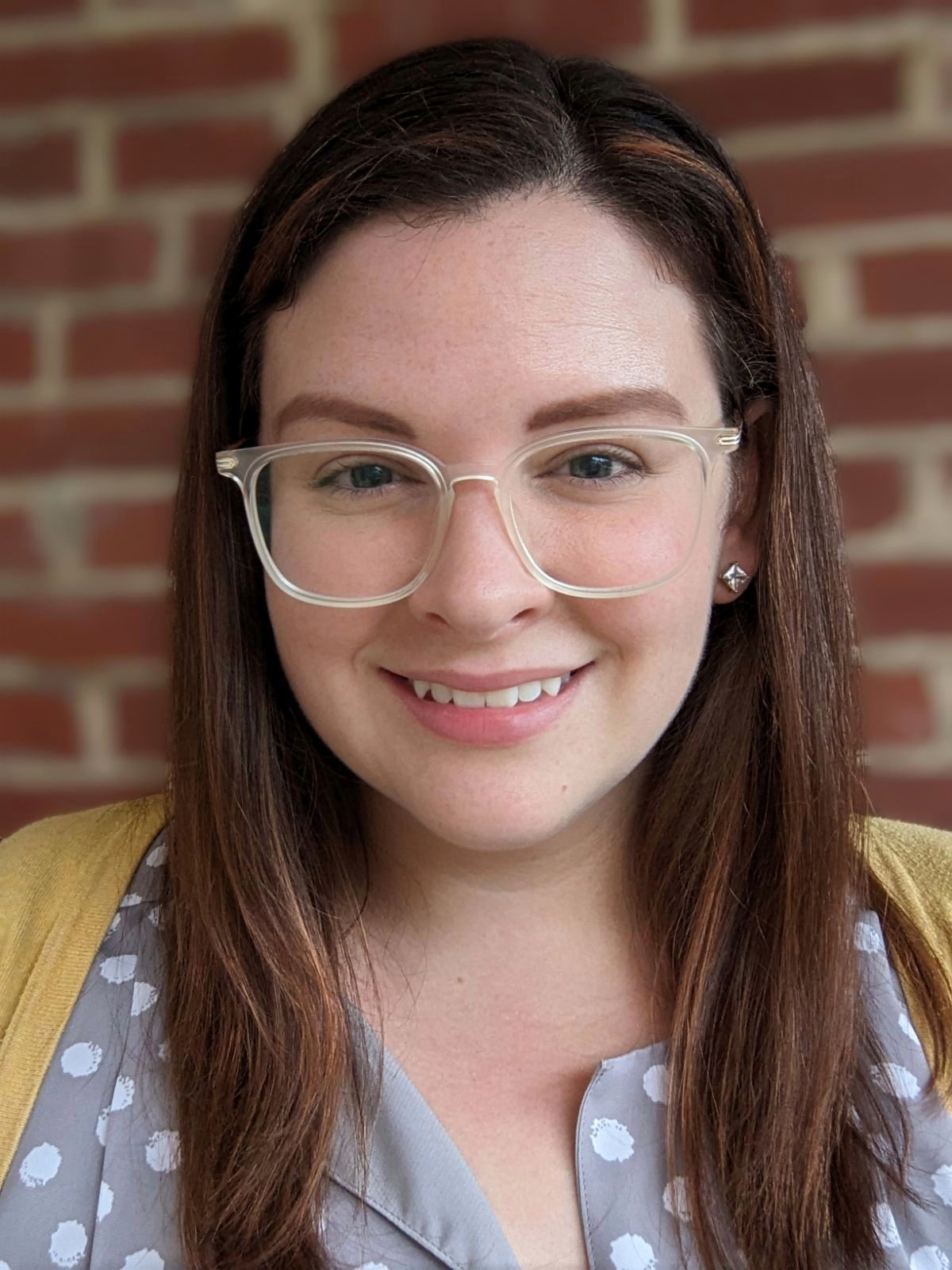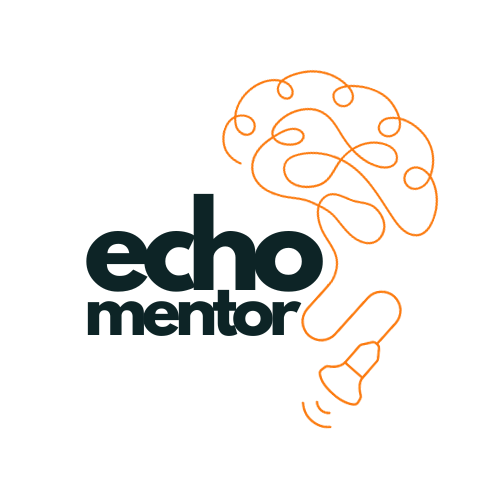The Impact of Mentorship in Sonography: A Reflection on Challenges and Growth
The Impact of Mentorship in Sonography: A Reflection on Challenges and Growth
I'll never forget the first time I really wanted to quit ultrasound.
It was a steamy, rainy day in early June. I had just started a new job and was early in my career, fresh out of school. I was still working under a senior sonographer. She was a brilliant, incredibly skilled sonographer, and wonderful with patients. But she was also known to not be so wonderful with everyone else. She was especially ruthless with learners, testing them frequently, and constantly critiquing harshly; either turning students into amazing sonographers or breaking them in the process. I had witnessed her kick a student out once who she didn’t feel was performing up to snuff. She had high expectations, and if you didn’t meet them you weren’t given many extra chances.
I felt lucky to have a career I loved, and to get this job in the specialty I was most passionate about. Though I was constantly on edge, I was grateful for the opportunity to get the experience and learn. This office had a high volume of patients, and they made an effort to do quarterly educational case presentation activities for the staff, so I felt it would be a great place to start my career and grow. I grew thick skin, tried my best to accept critique with grace, and enthusiastically implemented feedback where I could.
On this particular day, there was a late afternoon add-on patient from an outside OB office for viability. Eager to show my work ethic and to gain experience, I jumped at the opportunity as most of my new colleagues were leaving for the day. My supervising sonographer encouraged me to get started without delay and said that I should just ask the patient about her history during the scan rather than review the chart. I dutifully obliged, worried about keeping the remainder of my team late as they all waited on me to finish the scan.
I asked the patient all the questions I had been trained to ask: her LMP, her Gs and Ps, whether she had had any prior complications in past pregnancies, if she has high blood pressure or diabetes, what medications or vitamins she takes, whether or not she has had bleeding…
She confirmed, yes, she had had bleeding. I settled in, believing I now knew why she was added on. I began the exam with all the anxieties and weighty responsibilities of a new graduate who was about to be the first person to know if this pregnancy was no longer viable, and I celebrated with relief when I saw the tiny flutter of cardiac activity.
I documented everything according to protocol: sagittal orthogonal sections of the uterus and cervix, transverse views, ovaries and adnexa, gestational sac, yolk sac, CRL, M-mode. The chorionic tissue looked a bit unusual, but I thought perhaps there was a bleed causing the cystic and heterogeneous appearance. In this office, there was a patient viewing monitor on the wall and the patient watched quietly with lips pursed the entire time. I handed her the images I had printed for her but sensed the tension. I excused myself to review the images with my senior sonographer and the MFM in the reading room, announcing with relief as I walked in, "Viable!"
I was met with blank stares. They had been watching on the viewing monitor from the reading room. "She's been having hyperemesis, her bHCG is through the roof, her OB's office suspects a partial mole. This is CLEARLY a molar pregnancy... How did you not know that? Didn't you think something looked off?" My heart started to pound as I willed my brain to recall everything I could remember from school on molar pregnancies.
My senior sonographer stared at me with disdain.
The irregular tissue I saw: was it not a bleed? Was it a "cluster of grape" appearance? Maybe. I had never seen a molar pregnancy before and the textbook pictures I could remember were not this early in pregnancy. I could only picture second trimester images in the texts and they were so much more obvious. The terms "triploidy" and "gestational trophoblastic disease" swirled in my head. I felt sick.
"Do you know what that means?" she snapped.
The words remained caught in my throat.
She continued over her shoulder as she was already walking away, "NOT 'viable!' You might as well go home now. The next quarterly presentation should be done by you. Seems like you’re going to already be researching a very unfamiliar topic, so you might as well put it to use."
She left me standing there feeling sick as she sputtered down the hallway to back scan the patient.
I went home that night and cried on the floor in my shower until the water ran cold. All I could think about was how terrible I was for "missing" it. How I was a horrible person for printing out these images and giving them to the patient like everything was fine. I wondered if the patient felt relief when someone else, someone who knew what they were doing, came in. In my spiral I wondered if it was dangerous that I was allowed to care for patients. What else have I already missed? What if no one had been watching? How maybe this career wasn't for me. How trapped I was in it now by my student debt. Four years in school, for what? I even thought about how selfish it was to "make this about me" in my head when the patient was the one going through this awful situation. I don’t think I had ever felt so worthless. I wanted to hide forever, I wanted to quit. When I finally dragged myself out of the shower, I cried some more.
At some point, days later, the realization that my senior sonographer had more information on this patient than me struck me. She knew the patient's clinical history before ever seeing her. Clinical history that I didn't ask about because it wasn't on my list of questions I had memorized to ask. She was testing me, and I had failed, and yet I did everything exactly as she trained me to do it. But, if I had all of the pieces of the puzzle I think I would have asked different questions. I think I would have looked at that heterogeneous tissue through a different lens. With this realization, came anger. In some ways, it felt a bit like a betrayal. I was still learning! Wasn’t she there to help me succeed? Isn’t that the best thing for our patients and healthcare as a whole?
Many years have passed since this situation, and I’m glad I was able to pick myself up, continue to learn what I could at this job, and move on. It took a long time to build my confidence as a sonographer and I sometimes still feel uncomfortable, over a decade later, during positive feedback, like I’m waiting for the other shoe to drop. But, I’ve been lucky to work with many other sonographers, physicians, allied health professionals, and administrators who also were intelligent and phenomenally skilled at their craft, but still mentored me with kindness, empathy, encouragement, and true leadership.
The funny thing about them though, is that I doubt most of them would classify themselves as a mentor. And yet, the Cambridge dictionary defines mentor as, “an experienced and trusted person who gives another person advice and help, especially related to work or school, over a period of time.” That’s just what they did– these wonderful people unknowingly shaped my career and molded my perspective on what it means to lead others, to teach them, to guide them, to mentor them. The best mentors were just the people who consistently showed up to help me grow as a sonographer. It’s because of them that I’ve truly blossomed in this career.
As for incredible mentors, I’ve learned, it turns out, that brilliant clinical skills can exist without hubris. You can be a luminary in your work and still remain grounded and humble. You can know the most knowledge of anyone at your practice, and still be learning everyday. You can make a mistake without feeling threatened by that and be grateful for the opportunity to do it differently next time. You can challenge mentees to do better and push them outside their comfort zone to grow, while still nurturing them, supporting them, and helping them thrive. You can encourage independence and yet still provide the tools for success. You can give feedback, but you can also receive it openly and implement it graciously yourself.
You can set an example. Today, my approach to mentorship is just to try to offer the support and guidance I wish that I had had early on. I want to meet people where they’re at, and help them move forward. I want to take the very best attributes that were modeled to me and let go of those that do not serve myself, my mentees, my patients, and my profession. All I hope is that one day, my mentees will do the same for their own.
About the Author


